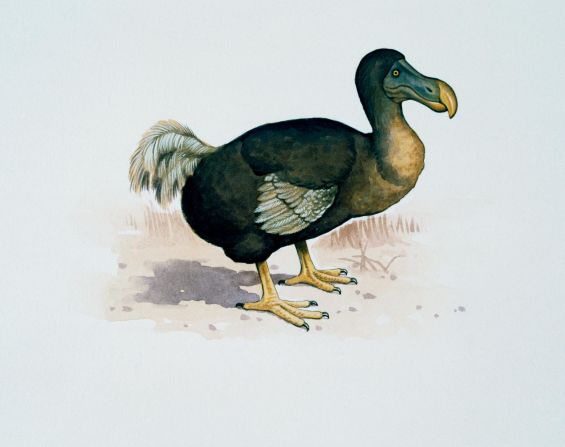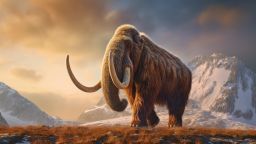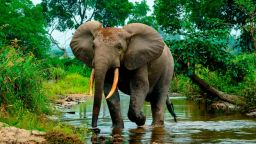An audacious collaboration between geneticists and conservationists plans to bring back the extinct dodo and reintroduce it to its once-native habitat in Mauritius.
US-based biotechnology and genetic engineering company Colossal Biosciences, which is pursuing the “de-extinction” of multiple species, including the woolly mammoth, has entered a partnership with the Mauritian Wildlife Foundation to find a suitable location for the large flightless birds.
The dodo has been extinct since 1681; a combination of predation by humans and animals introduced by humans led to its downfall, turning it into a textbook case for extinction. But according to the partners, its return to Mauritius could benefit the dodo’s immediate environment and other species.
Colossal first announced its intention to resurrect the dodo in January 2023. Exactly when it will be able to do so remains unclear, but fresh details regarding how it plans to recreate the species have been revealed.
The full genome of the dodo has been sequenced by Beth Shapiro, lead paleogeneticist at Colossal. In addition, the company says it has now sequenced the genome of the solitaire, an extinct relative of the dodo from Rodrigues Island, close to Mauritius, and the Nicobar pigeon, the dodo’s closest living relative, which resides on islands in Southeast Asia spanning the Indian and Pacific Oceans.

Geneticists at Colossal have found cells that act as a precursor for ovaries or testes in the Nicobar pigeon can grow successfully in a chicken embryo. They are now researching to see if these cells (called primordial germ cells, or PGCs) can turn into sperm and eggs.
This is a vital step in creating hybridized animals through reproduction. Scientists have previously introduced PGCs to create a chicken fathered by a duck – for which a duck embryo was injected with chicken PGCs, producing an adult duck with the sperm of a rooster. It then bred with a hen, which gave birth to a chick.
Colossal plans to go down a similar route. First, it will compare the dodo and solitaire genomes to the Nicobar pigeon’s to identify how they differ. Then it will edit the PGCs of a Nicobar so it expresses the physical traits of a dodo.
The edited PGCs will then be inserted into the embryos of a sterile chicken and rooster. With the introduction of the edited PGCs, the chicken and rooster will be capable of reproducing, and, in theory, their offspring will resemble the dodo thanks to the hybridized pigeon DNA in their reproductive systems.
“Physically, the restored dodo will be indiscernible from what we know of the dodo’s appearance,” said Matt James, Colossal’s chief animal officer, in an email.
James described the project as “an amazing engine of innovation for avian genetics, genomics, and cell biology,” in part because “most of the technologies that we use for cloning in mammals does not exist in birds today.” However, he declined to put a timeline on when the first embryo will be created.
Building a new home for the dodo
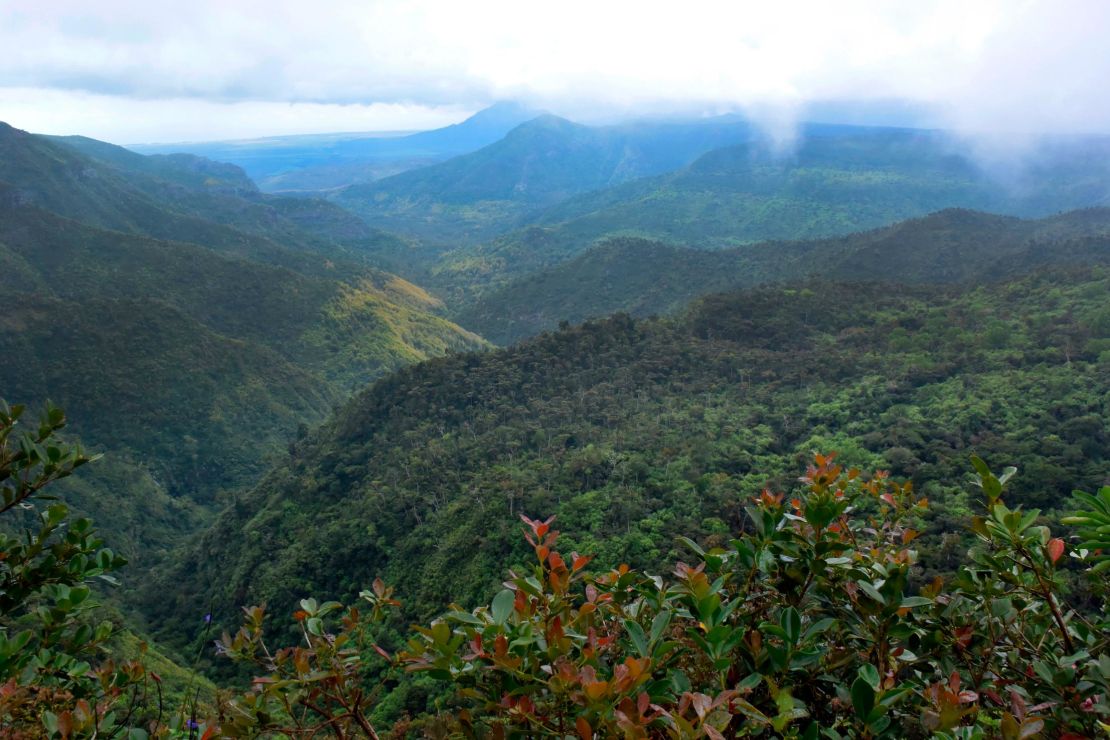
While Colossal’s laboratory continues its research, a team at the Mauritian Wildlife Foundation (MWF) will busy itself feathering a proverbial nest.
Vikash Tatayah, director of conservation at the foundation, said the MWF approached Colossal earlier this year about a partnership, and is planning a feasibility study for where best to locate Colossal’s birds when they are born.
“Mauritius is not a big island, it’s 60 kilometers by 30 kilometers,” Tatayah said. “Much of it has already been replaced by sugar cane, buildings, villages (and) reservoirs.”
The “most ideal site does not exist,” he added, saying each potential location has pros and cons, with predators, poaching and other human interference all factors.
Black River Gorges National Park, with its pockets of restored forest, is one location being considered; neighboring nature reserves Round Island and the islet of Aigrettes are two others.
The island and islet are not home to natural predators, he explained, whereas on the mainland, invasive species including rats, feral cats, pigs and dogs, monkeys, mongooses, and crows may need to be “excluded, rehomed or even controlled” for Colossal’s dodo to thrive. On the other hand, Tatayah said the foundation would like a location where the dodos could be visible to the public, and Round Island and Île aux Aigrettes are currently uninhabited.
There is the possibility the dodo will be reintroduced at multiple locations, he added.
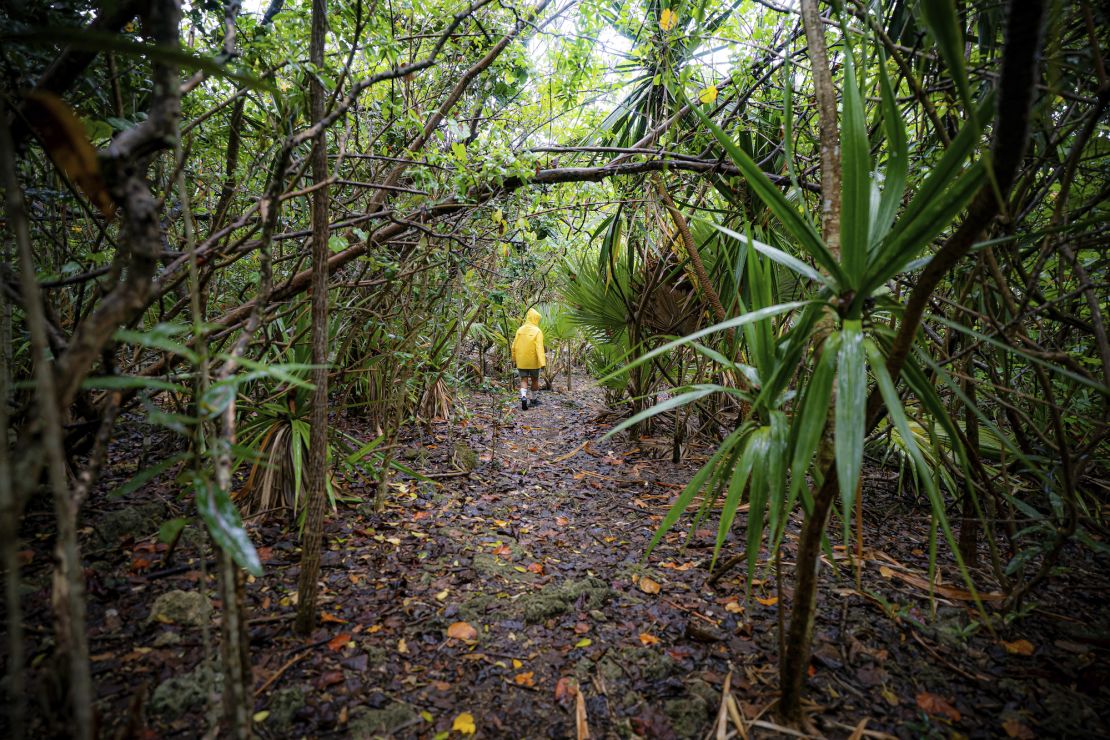
Once human factors and alien predators are controlled, Tatayah is less concerned about how the dodo will re-integrate into its environment. “(It) was coexisting and coevolved with other birds, other plants and reptiles … so I can’t see them being competitive at all,” he said.
In fact, there could even be tangential benefits, he argued, citing “mutualistic relationships which have broken down since the loss of the dodo.”
The bird’s large beak is an indicator that it consumed large-seeded fruits, he explained, and the dodo played a role in the seeds’ dispersal. Some of these plant species are threatened or highly threatened, he added, one hypothesis being that the seeds are no longer being sufficiently dispersed and primed for germination without the dodo and other extinct large species (another being the domed Mauritian giant tortoise.).
“I think (the dodo is) going to be a big bonus for the restoration of ecosystems,” said Tatayah.
While agreeing that the dodo could have a hand in dispersing seeds, Julian Hume, an avian paleontologist at London’s Natural History Museum, who has studied the bird, offers caution.
“Despite being one of the most famous birds in the world, we still know virtually nothing about the dodo, so how it interacted with its environment is impossible to know,” Hume said in an email.
“Colossal’s idea is a sound one,” he added, although, “because of the complexity of recreating a species from DNA, even if it was possible, (it) can only result in a dodo-esque creature. It will then take years of selective breeding to enhance a small pigeon into a large flightless bird. Remember, nature took millions of years for this to happen with the dodo.”
As for studying the bird once reintroduced, “at best, Colossal can only produce a bird with some dodo-like qualities, and a bird that has no inherent idea of how to live in the wild, so it would be rather naive to base any conclusions about behavior or other life-history characters (on it),” Hume said.
Why revive the dodo at all?
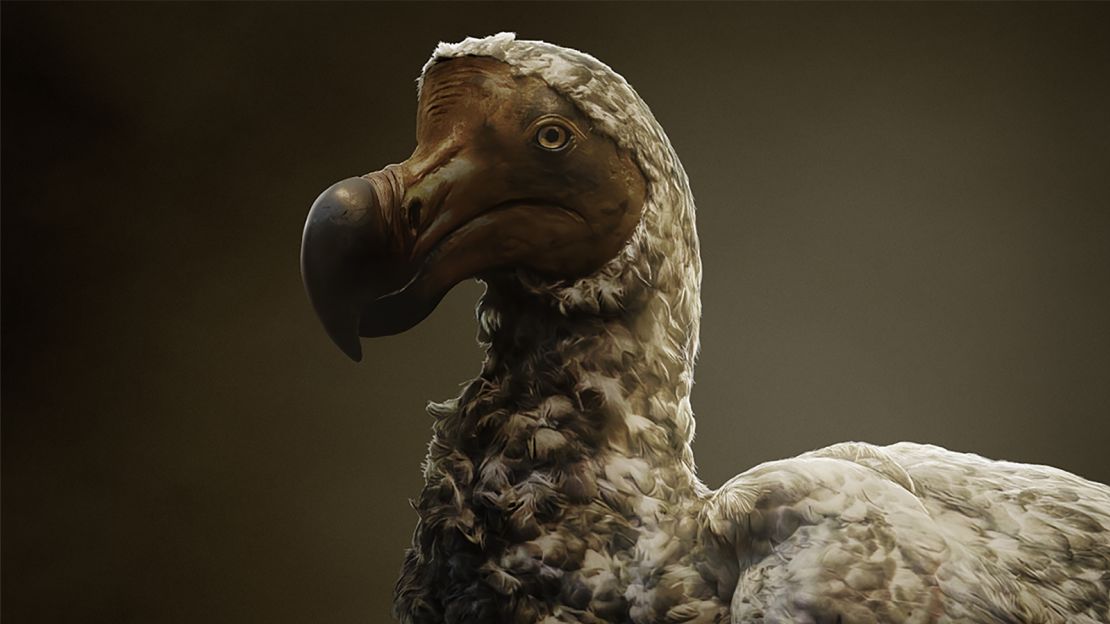
One lingering question is “why?” Why pool resources into recreating a long-dead, flightless bird and sequestering it on an island in the middle of the Indian Ocean?
Ben Lamm, CEO and co-founder of Colossal, argued that “restoring the dodo gives us the opportunity to create ‘conservation optimism,’ that hopefully inspires people around the globe, specifically the youth, in a time when climate change, biodiversity loss and politics can make things seem hopeless.”
He added that the techniques pioneered by the dodo project could help restore other avian species.
Tatayah believes the high-profile project could offer impetus to wider conservation efforts on Mauritius. “In our experience, when you start saving a species, it gives the drive for protection and restoration of habitats and ecosystem,” he said.
“We’re interested in entire ecosystem conservation. We don’t want to find the dodo alone in a field,” Tatayah added.
The director of the Mauritian Wildlife Foundation said that in any case, the dodo’s return is “not going to happen overnight … we’re talking about probably a decade.” The birds would be created in the US and would need to be imported, he explained. Citing the legal and political dimension of the project, he said “the years may add up.”
Tatayah stressed that nascent “de-extinction” technologies should not provide a get-out for tried and tested conservation methods – particularly for endangered species – describing it as “another tool in the toolbox … but not the tool that replaces the whole toolbox.”
Hume agreed, adding the huge investment made by Colossal could be used elsewhere to help save many other species “on the brink” through conventional conservation.
The paleontologist is not against the de-extinction movement, but would rather see it applied to recently extinct species such as the Thylacine (Tasmanian tiger), or species with non-viable populations, like the Northern White Rhino, which has only two remaining females. (Colossal Biosciences is conducting research into both.)
“The dodo, despite being a regrettable case of human-caused extinction, has really had its day,” Hume said. Nevertheless, our ongoing curiosity is harder to extinguish.
“I have studied the dodo for many years, and there is still a lot to learn about this enigmatic bird,” he added. “If one was ever recreated, I would certainly be the first in the queue to see it.”

